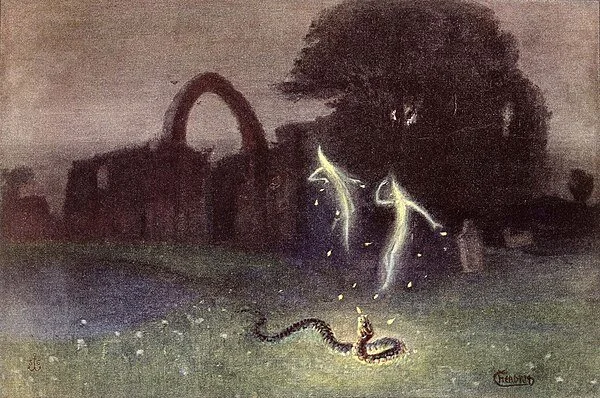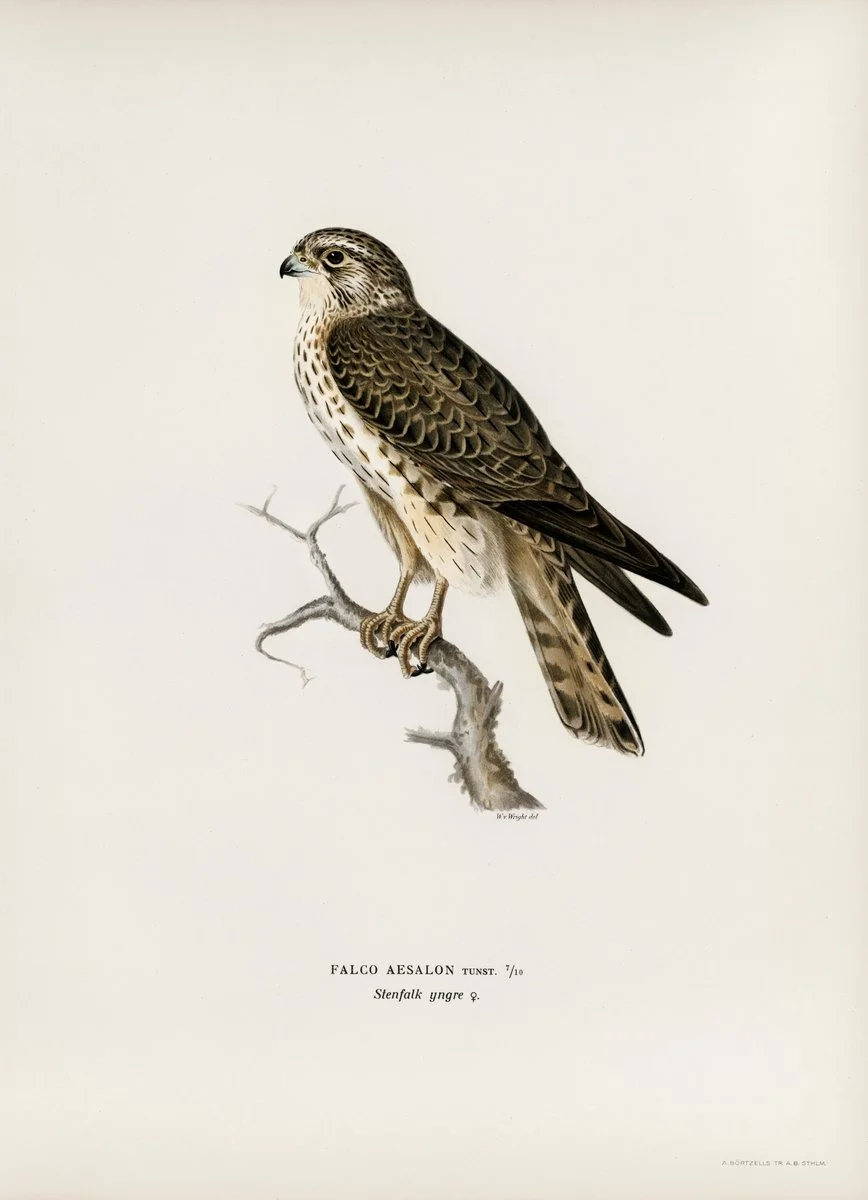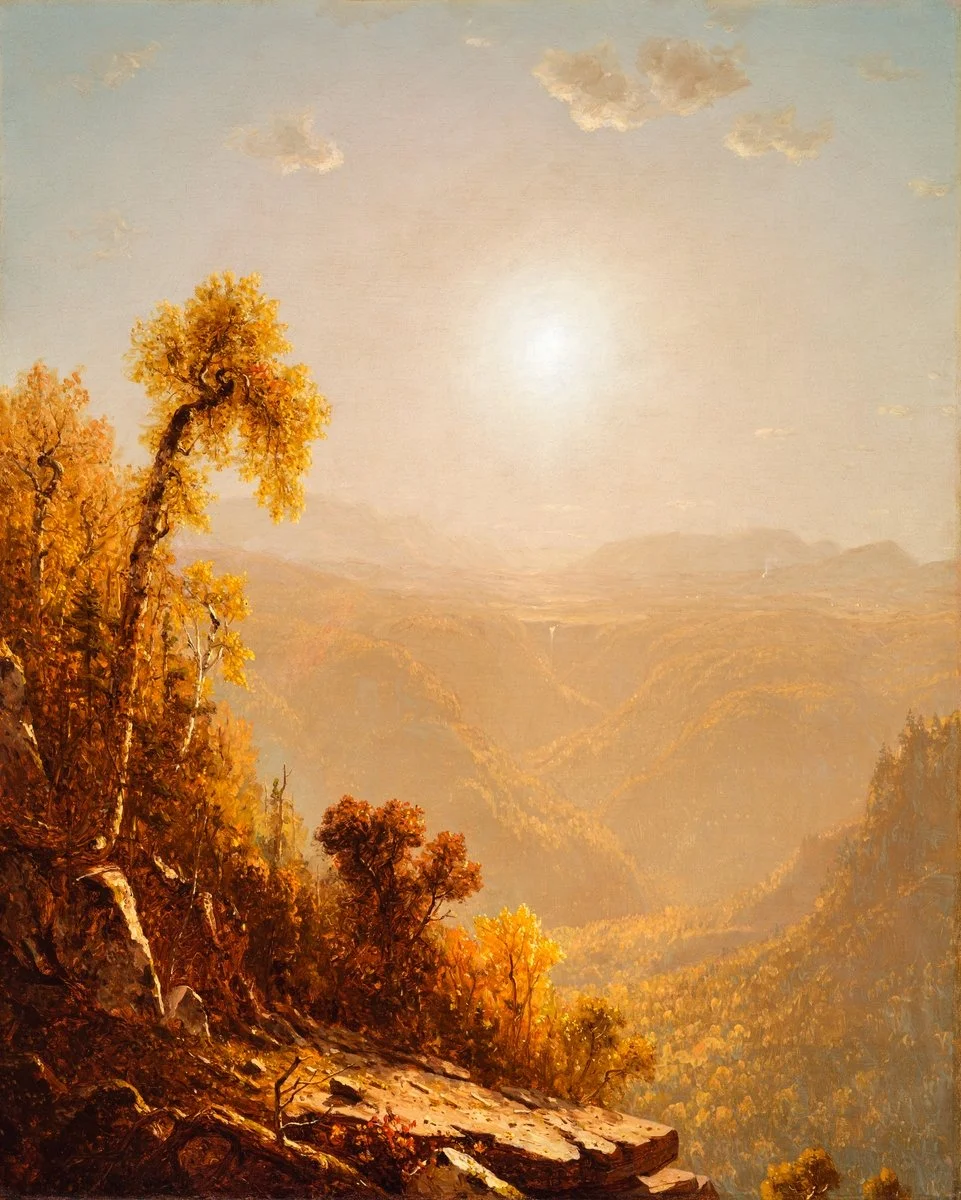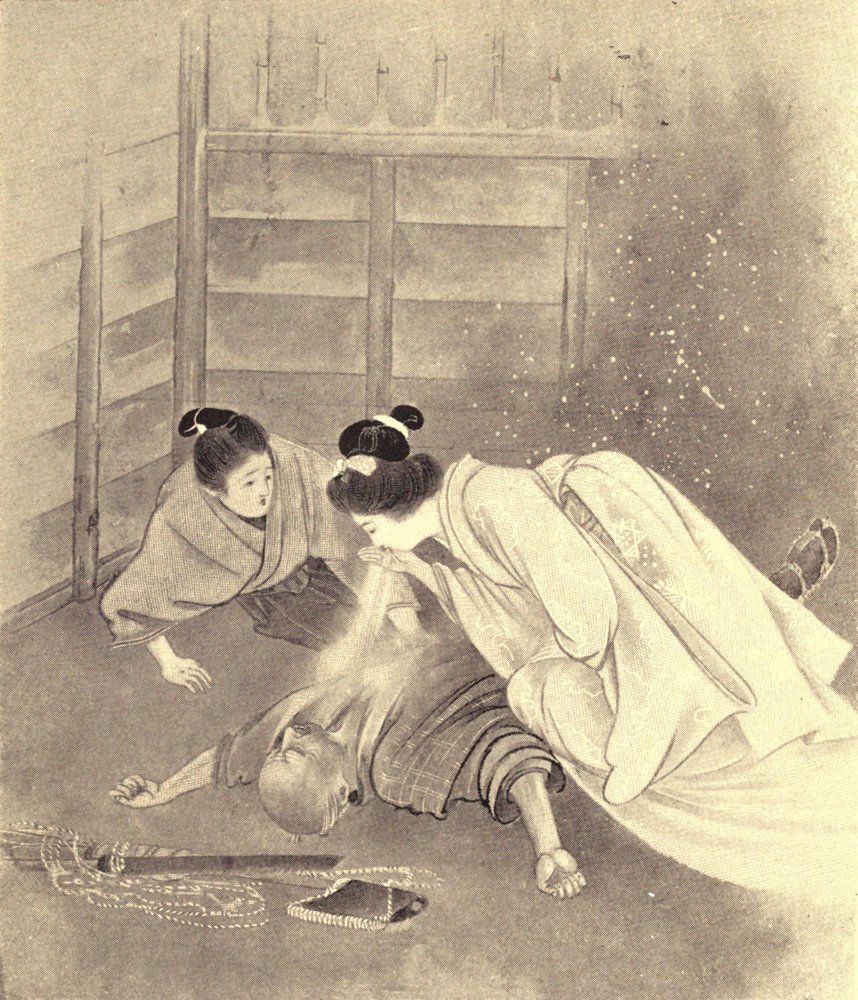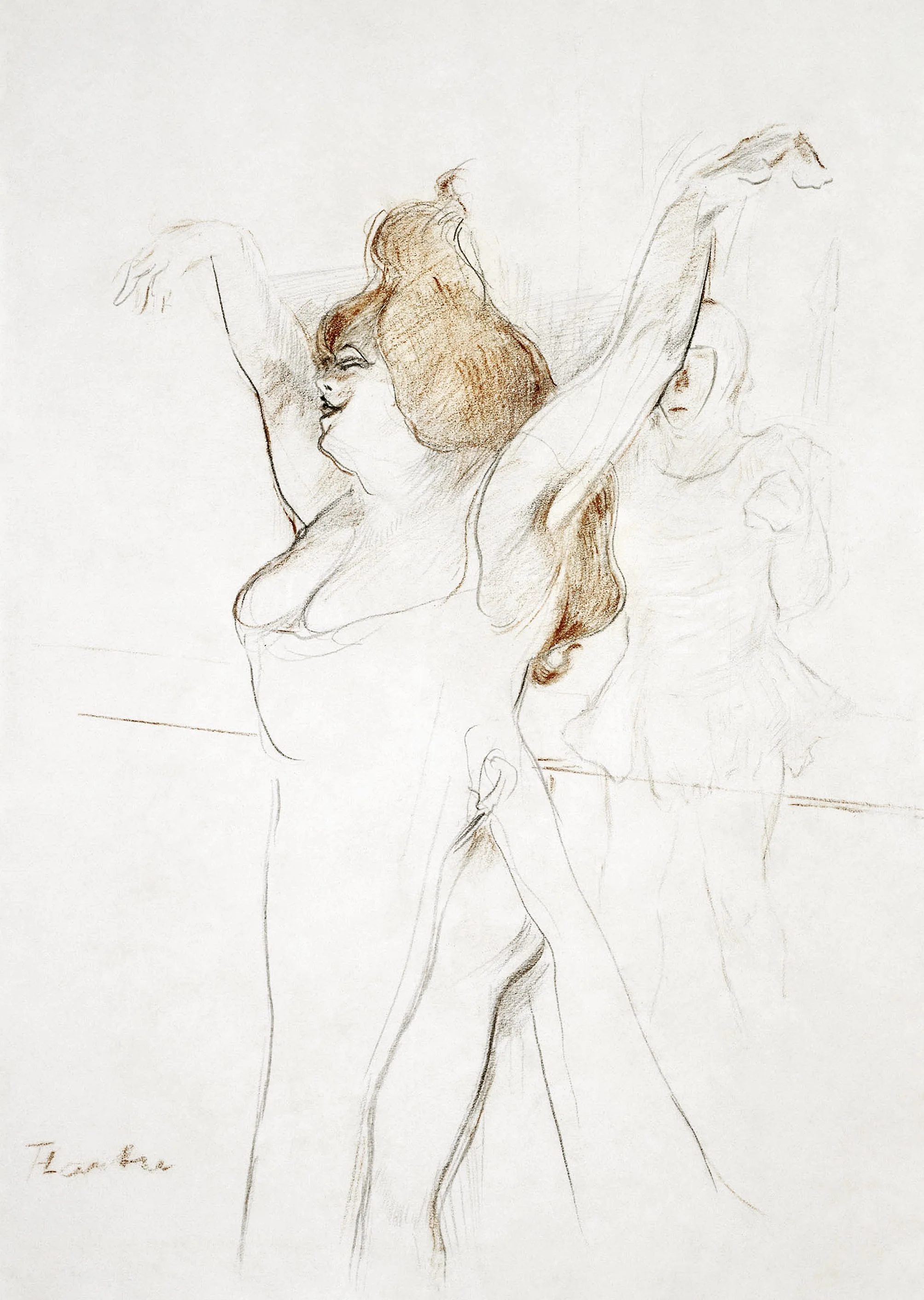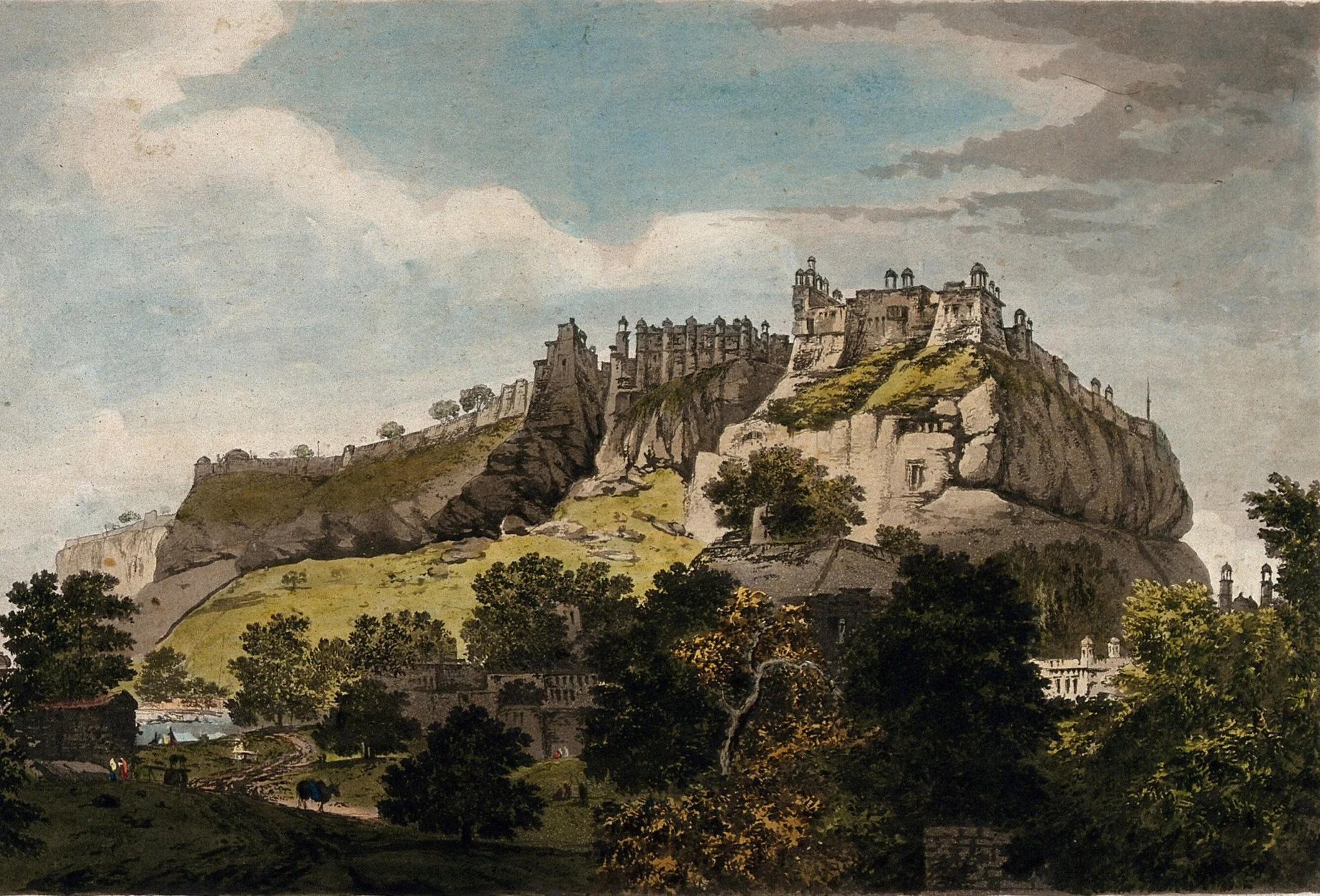
The Stones of Five Colors and the Empress Jokwa
Yei Theodora Ozaki blends folklore, cosmology, and proto-feminist mythmaking into a lavish epic where celestial damage, magical warfare, and bureaucratic diplomacy unfold under the capable reign of a twenty-five-foot-tall Empress. More than a fairy tale, it reads like a mythopoetic blueprint—suggesting that the repair of a broken world requires not just courage, but color, craft, and the collaboration of gods.
Pyramus and Thisbe
Josephine Preston Peabody offers a tender retelling of antiquity’s most tragic miscommunication, an elegy of young love undone not by cruelty but by mistiming, veils, and the mute indifference of nature. Babylon becomes the unlikely stage for a proto-Romeo and Juliet, where even the mulberry tree bleeds red with grief.
The Brewery of Egg Shells
W. B. Yeats recounts the eerie wisdom of Irish folk belief, where changelings and boiling egg-shells mark the porous boundary between the domestic and the uncanny. With dark humor and folkloric logic, the tale captures a mother’s desperate faith in the old ways—where even red-hot pokers and cradle-swapping spirits play by ancient rules.
The Sleeping Beauty in the Wood
What begins in enchantment ends in menace, as a sleeping kingdom stirs not only to love, but to the hidden threat of bloodlines and appetites. Perrault’s fairy tale drifts from spellbound stasis to a darker domestic reckoning, where happy endings arrive only after one final awakening.
Saint George of Merrie England
Part epic, part morality play, this swashbuckling fantasia traces the career of England’s patron saint as he slays dragons, resists seduction, escapes betrayal, and liberates kingdoms with a mix of courtly virtue and supernatural endurance. What emerges is a kaleidoscope of Christian imperial fantasy, where valor is never without spectacle, and virtue is repaid in thrones.
Ivan Tsarevich and the Fire-bird
This sweeping Russian folktale unfolds with a dreamlike inevitability, first shimmering with the light of golden apples and magic steeds, then darkening into fratricide, resurrection, and redemptive love. Its true power lies in the mythic rhythms it strikes: choices at crossroads, riddling wolves, and the perilous magnetism of beauty hard won.
The Three Loves of Venus
A goddess of contradictions, Venus emerges not simply as an emblem of love, but as its stratified architect—at once celestial, earthly, and sensual. In this layered account, her three lovers—Vulcan the smith, Mars the warrior, and Adonis the fleeting mortal—reflect the facets of her domain: the forged bond of union, the thrill of conquest, and the aching ephemerality of desire.
The Model for All the Sirens of the Centuries: Helen of Troy
In Albert Payson Terhune’s rollicking retelling, Helen becomes not just the face that launched a thousand ships, but a living embodiment of male fantasy and female peril, part goddess, part scapegoat, ageless and irresistible. Told with brash charm and arch wit, her legend is reassembled as both moral fable and cautionary tabloid.
The Fir Tree
In this quietly devastating parable, Hans Christian Andersen charts the life of a restless little fir tree whose longing for a grander future blinds it to the beauty of its present. What begins as a charming woodland tale becomes a meditation on transience, vanity, and the sorrowful fate of those who live always for what’s next, never for what is.
The Hunter
A tale of reverence and resurrection, The Hunter centers on Kanistagia—a protector of the gentle beasts and scourge of the cruel—whose death in battle inspires a forest-wide vigil and one of the most tender funeral rites in folklore. Canfield’s telling, rich in animistic kinship and cosmic mercy, reveals a world where the animals mourn, the birds retrieve the soul, and even the dew from an eagle’s back holds the power to mend what war has torn.
The Seven Ravens
A sister’s quest to rescue her cursed brothers becomes a stark fable of sacrifice, silence, and perseverance in The Seven Ravens. The Grimms render a world where love is fierce, fate is mutable, and a single hand—bloodied in devotion—can unlock the gates of enchantment.
Sun, Moon, and Talia
Long before Sleeping Beauty was softened by the Brothers Grimm, Basile gave us this dark, baroque original, a tale of cursed slumber, royal assault, and survival through strange grace. Sun, Moon, and Talia is a story where the lines between fate and violence blur, and where awakening comes not with a kiss, but with the cries of twin children born in silence.
Goddess Diana in the Woods
In this trio of woodland episodes, Diana emerges not only as huntress but as arbiter of purity, vengeance, and impossible restraint. Whether turning Actaeon to stag, slaying Niobe’s daughters in divine reprisal, or grieving her accidental slaying of Orion, Kip Baker’s Diana is a figure of tragic symmetry—wounding and wounded by the laws she upholds, forever walking the fine line between power and pathos beneath the forest canopy.
The Old House
In The Old House, Hans Christian Andersen conjures a quiet meditation on memory, decay, and the strange companionship between age and youth. As a boy befriends the solitary old man in a crumbling home across the street, the tale becomes a soft elegy to time’s passage and the hidden nobility of things, and people, cast aside.
The Story of a Mother
In this haunting and heartrending tale, Andersen strips away the sentimentality of most maternal legends to reveal something deeper: a mother’s grief so profound it challenges Death itself. The Story of a Mother is a quiet theological drama disguised as a fairy tale, where love pleads, bargains, bleeds, and finally surrenders, not in defeat but in ultimate faith.




